California-based startup XTI Aerospace presented a detailed design of its TriFan 600 VTOL aircraft to the FAA last month.
The General Familiarization (Gen Fam) presentation for the TriFan 600 is a key milestone in the Type Certification of the aircraft. The meeting included more than 60 FAA representatives including members from the Central Certification Office and subject matter experts.
The Gen Fam meeting provides a detailed overview of the aircraft’s design, systems, performance parameters, and vertical lift capabilities. During the presentation, staff from XTI also covered a range of technical areas, including the TriFan 600’s safety features and its novel ducted fan propulsion technology.
XTI has already been working with the FAA’s Center for Emerging Concepts and Innovation division to provide input toward the development of the draft Advisory Circular 21.17-4 “Type Certification – Powered-lift,” which guides the TriFan 600’s certification process.
The TriFan 600 is being developed as a fixed-wing aircraft with the vertical take-off and landing (VTOL) capability of a helicopter. It will be able to travel at speeds of up to 345mph (555km/h) with a range of around 700 miles (1,120km).
The TriFan 600 VTOL belongs to a new category of aircraft, the vertical lift crossover airplane (VLCA), and is being developed for applications such as advanced air mobility, regional transportation, emergency medical services, and corporate travel.
Scott Pomeroy, CEO of XTI said, “Completion of the Gen Fam presentation is a significant step forward for the TriFan 600 and our vision for transforming air travel. We’re honored to collaborate closely with the FAA as we work to advance the TriFan 600 toward our Type Certification goal.”
Don Purdy, senior vice president of business and program development said, “The Gen Fam meeting provided us with an excellent opportunity to demonstrate to the FAA how the TriFan 600 will address the critical commodity of time.
“We believe that the TriFan will offer our customers the ability to enjoy efficient point-to-point travel, enhance business speed, and be a transformative solution for a variety of applications, including advanced air mobility, regional transportation, and emergency medical services.”





